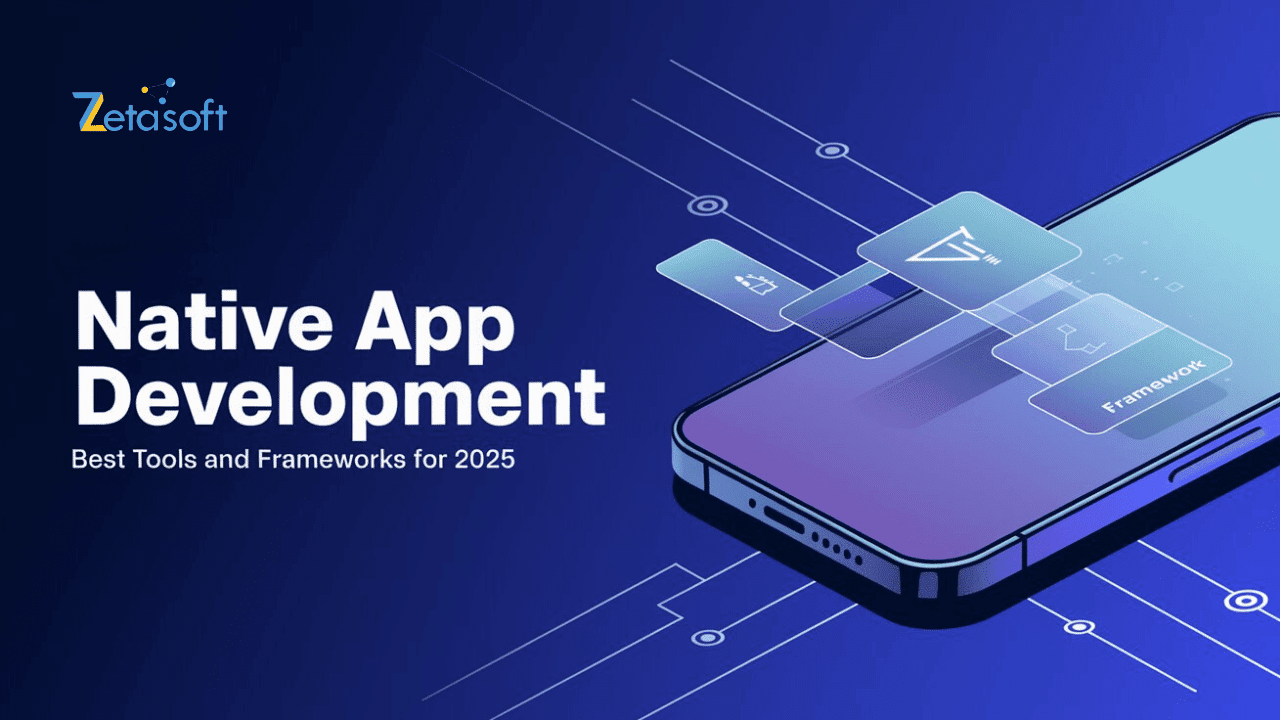With the mobile app usage set to soar over the next couple of years, providing users with clean, efficient native apps is becoming a critical brand imperative. The Native App Development creates an application with the least hindrance in its performance, full control over device features, and more appealing to a user’s superior graphical user interface. But the importance which should be paid to the choice of tools and frameworks cannot be overestimated to create efficient native apps.
New development technologies for effective, generic, and of high quality Native App Development in 2025 are likely to new tools and more complex frameworks. Here is the list of the most suitable tools and frameworks to use to develop native apps in the year 2025.
Swift and SwiftUI for iOS Development
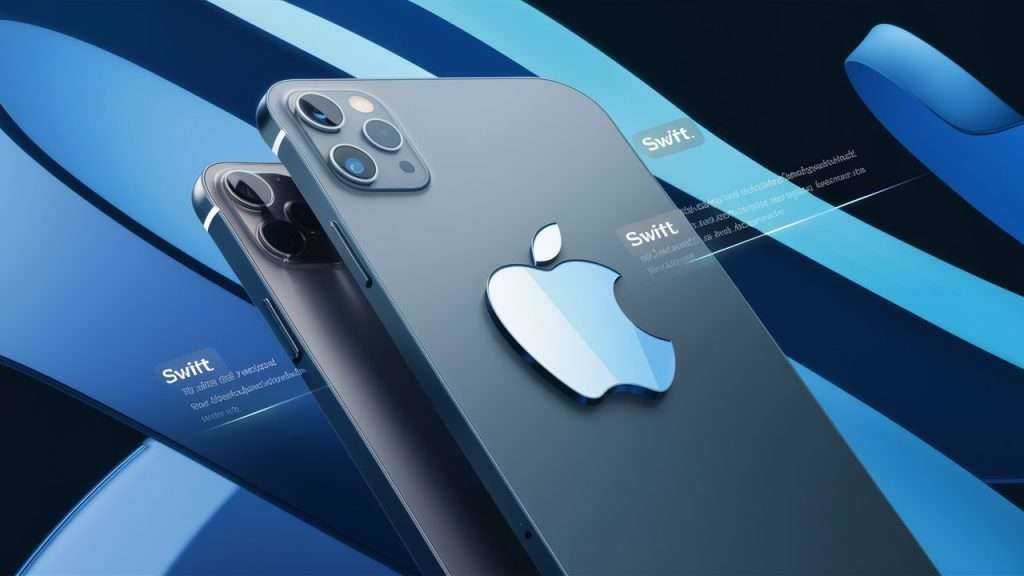
In The Native App Development for iOS development, we cannot ignore Swift and SwiftUI now. Swift is also Apple’s own language, which provides high speed, security and simplicity for the programmer; SwiftUI is a framework for making user interfaces for all Apple devices.
Swift for High Performance Code
It boasts of the kind of performance it offers, the reliability that it poses and these are some of the many reasons why developers of iOS app will choose swift. Swift’s clean syntax, ease and efficiency of modern error handling, modern memory management etc all make it easier for writing and maintaining the most efficient of codes. As Apple expands the development of Swift, this language will remain the primary for iOS development in 2025, so that developers can create high-performance, truly iOS applications.
SwtUI for Smooth UI design
SwiftUI is Apple’s new user interface layer for building interfaces, which is declarative in nature and encourages developers to build layered UIs. One of the definitive advantages of SwiftUI over other frameworks for developing UI and interfaces is in real-time preview mode whenever you design. As the updates continue to improve SwiftUI, it will continue to be a reliable resource for developers seeking an effective means by which to create great interfaces on any Apple device product.
Integration with ARKit and CoreML
Creating applications natively for iOS is beneficial due to getting better access to a series of frameworks provided by Apple as ARKit for Augmented Reality or CoreML for Machine Learning. The use of AR and ML overlay in 2025 will surface high as applications will offer enriched experiences and localization. The compatibility of Swift with these frameworks make it possible for app developers to build new generation apps with advanced features in AR and AI, thus setting high standards for user experience.
Kotlin and Jetpack Compose for Android Development
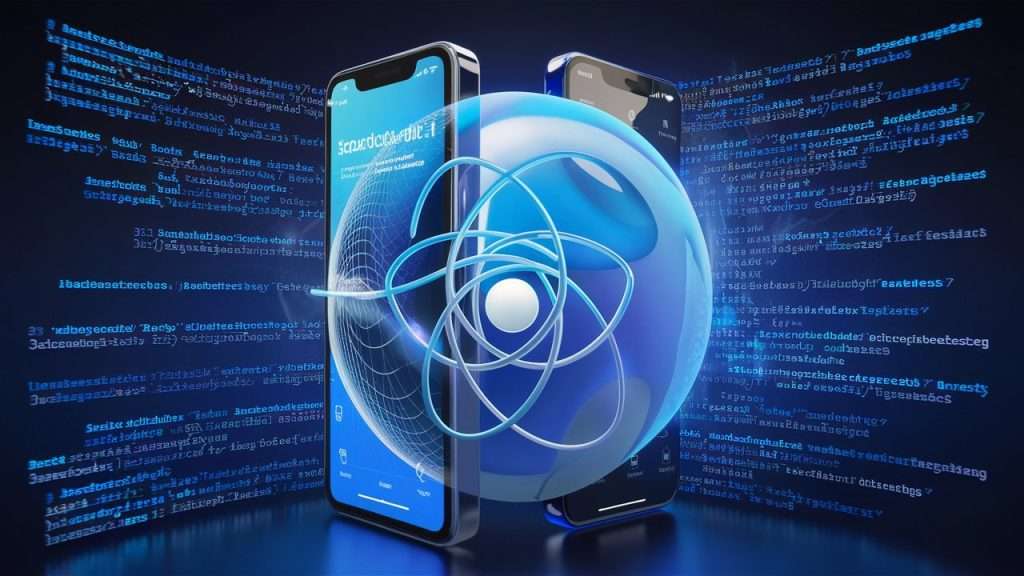
For The Native App Development, the indispensable tools for the creation of an Android application can be mentioned Kotlin and Jetpack Compose. As Kotlin is considered the official language for the Android operating system recommended by Google, and Jetpack Compose as current leading UI toolkit, it will take the lion’s share of Android app development in 2025.
Kotlin for Reduced and Effective Coding
In recent days Kotlin had been set as the default language for the android development due to its simplicity and easy syntax and of course fully compatible with java. This improves developers’ coding efficiency since it minimizes the duplication of code around the application; thus, apps can be built with a short number of lines of code. The year 2025 will also see Kotlin as language of choice in android development as Google maintains support and continues to enhance its features.
Jetpack Compose For Modern UI Design
Jetpack Compose is an upcoming UI toolkit in Android due to its development by Google. By using declarative code patterns, as found in Jetpack Compose, it is now much easier and less complex to produce flexible, highly stylable UIs. They will augment Jetpack Compose as they go on to enhance the tool and make it more commonplace within Android UI development: this means that advanced UI with adaptive and interactive features alongside a variety of screens will become mainstream.
Integration with Android Jetpack Libraries
Android Jetpack libraries offer a set of recurring solutions for reducing the amount of code that app developers write; for example, libraries named Navigation, Lifecycle, and Background Scheduling. By 2025, Jetpack libraries will smoothly integrated enabling efficient development life cycle, and improve the app performance so as to remain as an essential solution in the Android platforms. When combined with Kotlin and Jetpack Compose, these libraries enable developers to create feature-rich Android apps efficiently.
React Native for Cross-Platform Development
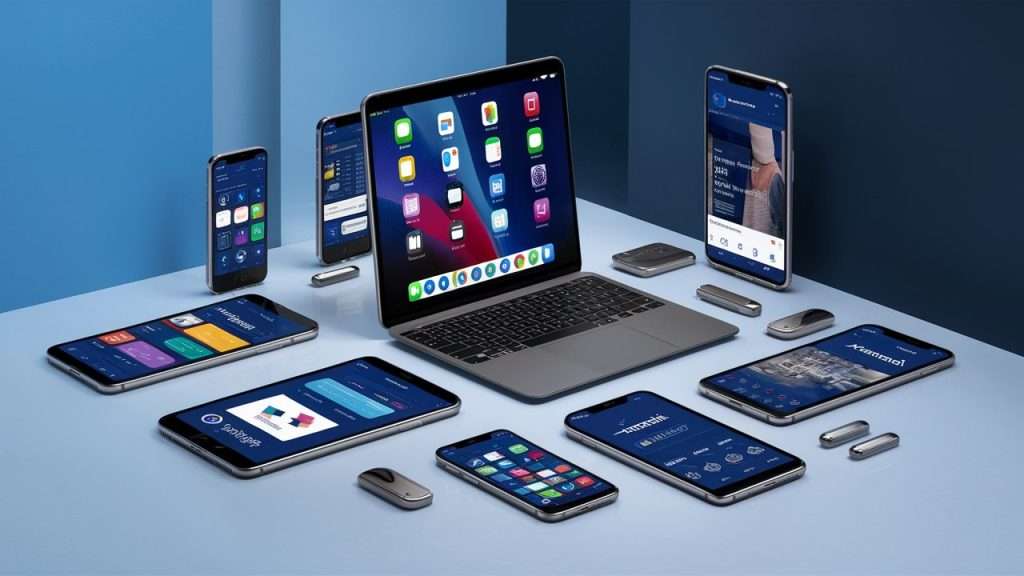
Native App Development, React Native is an expressive flat that lets developers build applications for both iPhone and Android using the same code base. Created by Facebook as the advanced variant of JavaScript, React Native improves the native app creation.
JavaScript and Native Modules
React native incorporates the use of JavaScript with native modules, which bridge the gap between general cross- platform development and optimum device optimization. Native modules in packages are also provided to which a developer can add platform-specific solutions and fine-tune performance, if needed. As it gets into 2025, React Native will remain popular because of its versatility and its perfect choice for teams that seek a framework that will cut down their development time while not compromising on quality.
Fast Refresh and Live Reload
The Fast Refresh option in React Native as well as the live reload also provides the source view changes in real time making the application development process faster and efficient. The real-time fixing also helps like nob in debugging and testing, which is elating inspite of developing dynamic apps. In future, these features will remain very useful in ensuring that React Native continues to be most preferred cross platform development tools.
Third-Party Libraries and Community Support
One of the significant advantages of React Native is its large list of third-party tools and a huge number of fans around the globe. It also gives citizens tool kits for development requirements ranging from the basic UI components to performance enhancers. In 2025, React Native will still boast of a strong and supportive community that gives out worthy information and as such, it will be reliable in developing cross-platform operational apps.
Flutter for Unified UI Across Platforms

Native App Development Also Includes Flutter Because Flutter is another open source mobile applications development tool developed by Google by using which one can develop application for iOS, Android as well as web and desktop systems with the help of single code. It also has some profound points that make it suitable for developers who hope to achieve a optimized design for each platform.
Dart Language for Efficient Development
Flutter is built with Dart, which is an all-purpose, high productivity language for mobile app development. Even if Dart is most designed for creating the user interfaces that perform smoothly and come with effective animations. As Dart continues to mature, it will be even more equipped for handling the complexities of cross-platform development in 2025, making Flutter an excellent choice for delivering consistent UI experiences across devices.
Widgets for Customizable UI Design
Flutter framework provides widget-based solution which ensures that developers get UIs which are highly interactive and responsive. In the world of Flutter, widgets are considered as the components that allow the developers to create interfaces, which look native across platforms. This adaptability means, in 2025, Flutter will continue to grow in use where design consistency across screens is paramount.
Hot Reload for Rapid Iteration
The hot restart feature of Flutter also specifically permits developers to view updates in real-time, thus reducing the time it takes for app development. This feature is particularly beneficial for the evaluation of new layouts and for troubleshooting, the two aspects being critical for high-performance computing. As a result, while Flutter will further develop over time, hot reload will remain one of the key benefits that will allow sparing time and producing improved products to the customers.
Xamarin for Enterprise-Grade Applications
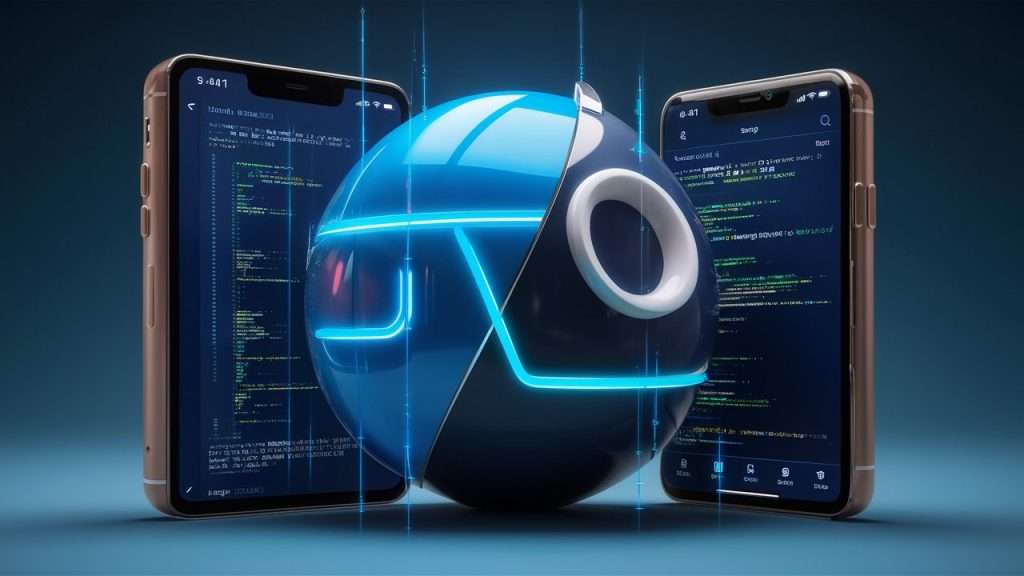
Native App Development, Xamarin an open source project supported by Microsoft in more suitable in developing complex enterprise applications that needs to have native performance and have tight integration with Microsoft products. Xamarin with C# allows developers to create excellent apps in a single codebase only for the iPhone and iPad, for instance.
C# Language for Versatile Development
C# is an advanced language that can be as fast as natively compiled applications thus being as versatile as applications developed in other platforms. Through C#, developers are in a position to come up with secure applications, which call all native APIs. C# and Xamarin will be even more popular in 2025 for an organization that should develop an app that is connected to Microsoft services or an app that will operate on several platforms with high security and performance.
Xamarin.Forms for Shared UI Code
Xamarin.Forms also allows developers to write the UI code once and use the same in all the target platforms, while also allowing developers to have each plate-form customizations. This approach is time and cost effective, and Xamarin is perfect for enterprises that want to achieve a similar appearance of their app in both iOS and Android. With each release of Xamarin.Forms it will still be a useful platform for creating business level applications.
Integration with Microsoft Ecosystem
Azure A submission into the Microsoft sphere, Xamarin integrates well with Azure, Office 365 and other services of Microsoft. In the year 2025, this will be a significant added value for all applications for enterprise that requires services in the cloud, data analytics as well as collaborative tools. Xamarin will be particularly popular among the companies that want to develop safe, dependable applications in Microsoft environment.
Unity for Interactive and AR/VR Applications
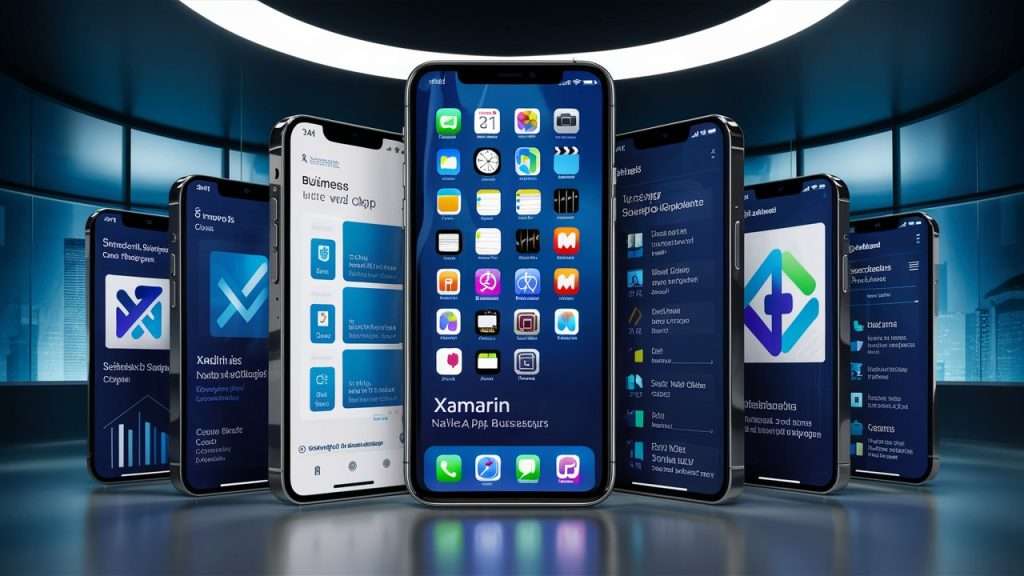
In The Native App Development The Unity, a highly successful game engine on multiple platforms, has vertically expanded to embrace augmented and virtual reality and interactive software applications. So, for those developers who are willing to create conversions within native environments, Unity is quite useful in the mentioned field.
Real-Time Rendering for Refined Graphics
Real-time rendering capabilities of Unity make its use more suitable in industries that need a high degree of graphics, including AR/VR and 3D simulations. Unity enables the development of environments that bring out high end engagement among the users. It is expected that by the year 2025, the real-time rendering will become important for the sectors like retail, real estate, and particularly healthcare since such types of visualization attract customers’ interest and contribute to their satisfaction.
AR Foundation and XR Toolkit for Augmented and Virtual Reality
Unity has AR Foundation and XR Toolkit to develop apps for using AR and VR in various devices. These frameworks provide components that can be reused and enhance the development approach – thus providing an integration of the AR and VR features more easily. With adding a new range of tools, Unity will permit developers to build applications that are hybrid and blended reality optimising them for AR & VR.
Multi-Platform Deployment
Es speciell her, dat Unity supports deployment across iOS, Android, desktop, en VR headsets without much code changing. This cross-compatability enables the developers to cover as many users as possible without having to develop entirely different programs. By 2025, the multiplatform support will be an incredible benefit for the business that prefers the Unity platform and aims to offer customers an equally impressive experience of using products across different gadgets or environments.
Summary
The ideal technologies and architectures for creating native applications in the year 2025 will provide solutions that develop apps capable of delivering premier performance, scalability as well as user interactivity. The codes Swift and SwiftUI, Kotlin and Jetpack.compose, React Native, Flutter or Xamarin, Unity each have their own benefits in serving various purpose, whether it is in providing a smooth iOS and android interface or more advanced implementation of installation of AR/VR. Choosing the right tools and constantly updating themselves with the new improvements and advancements, developers can launch native apps, which would be efficient and unique in the market that is necessary to meet the ever increasing and cumbersome demand of the user base.

